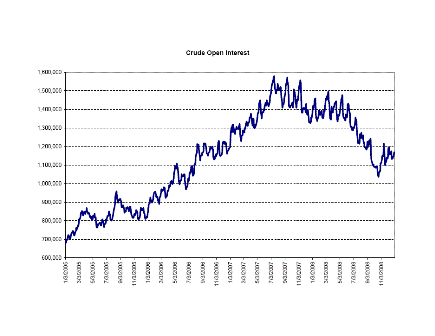As discussed last week, the latest euro package just announced is unravelling quickly as markets again realize there is no actual substance, and no operational path with regards to carrying any of it out. So things will deteriorate as described until markets again force further ‘action.’
At the same time, the austerity continues to weaken the euro economies, with Q4 potentially going negative, driving deficits that much higher in the process.
The ‘answer’ remains the ECB writing the check, which they’ve sort of seemed to recognize, but they remain (errantly) concerned that reliance on the ECB is inherently inflationary, and thereby violates the ECB’s mandate for price stability. So it won’t happen until things again get bad enough to force it to happen.
The catastrophic risk remains a failure, when push comes to shove, to allow the ECB to write the check as they have been doing to allow it all to muddle through.
The range of outcomes couldn’t be wider. Write the check and not much happens, don’t write the check and there is unthinkable collapse.
Meanwhile, the 1% running the US looks to be trying to take the lead in the global austerity race to the bottom as the Democrats in the super committee on deficit reduction have led off by proposing a $4 trillion deficit reduction package.
Toss in West Texas crude prices heading to Brent levels of about $110/barrel as the strategic petroleum reserve release winds down over the next three weeks and the looks to me like the US consumer crawls back into his foxhole just in time for the holiday season.
Not to mention Japan now darning the torpedoes and buying dollars to take back a bit of the export market they lost by kowtowing to former tsy sec paulson’s demands to not be a ‘currency manipulator’ in the context of still weakening global demand in general.
The number one threat to world order remains a failure to sustain demand. The good news is sustaining aggregate demand is a simple matter once the monetary system is understood. The bad news is there seems to be no one of authority who doesn’t have it all backwards.


